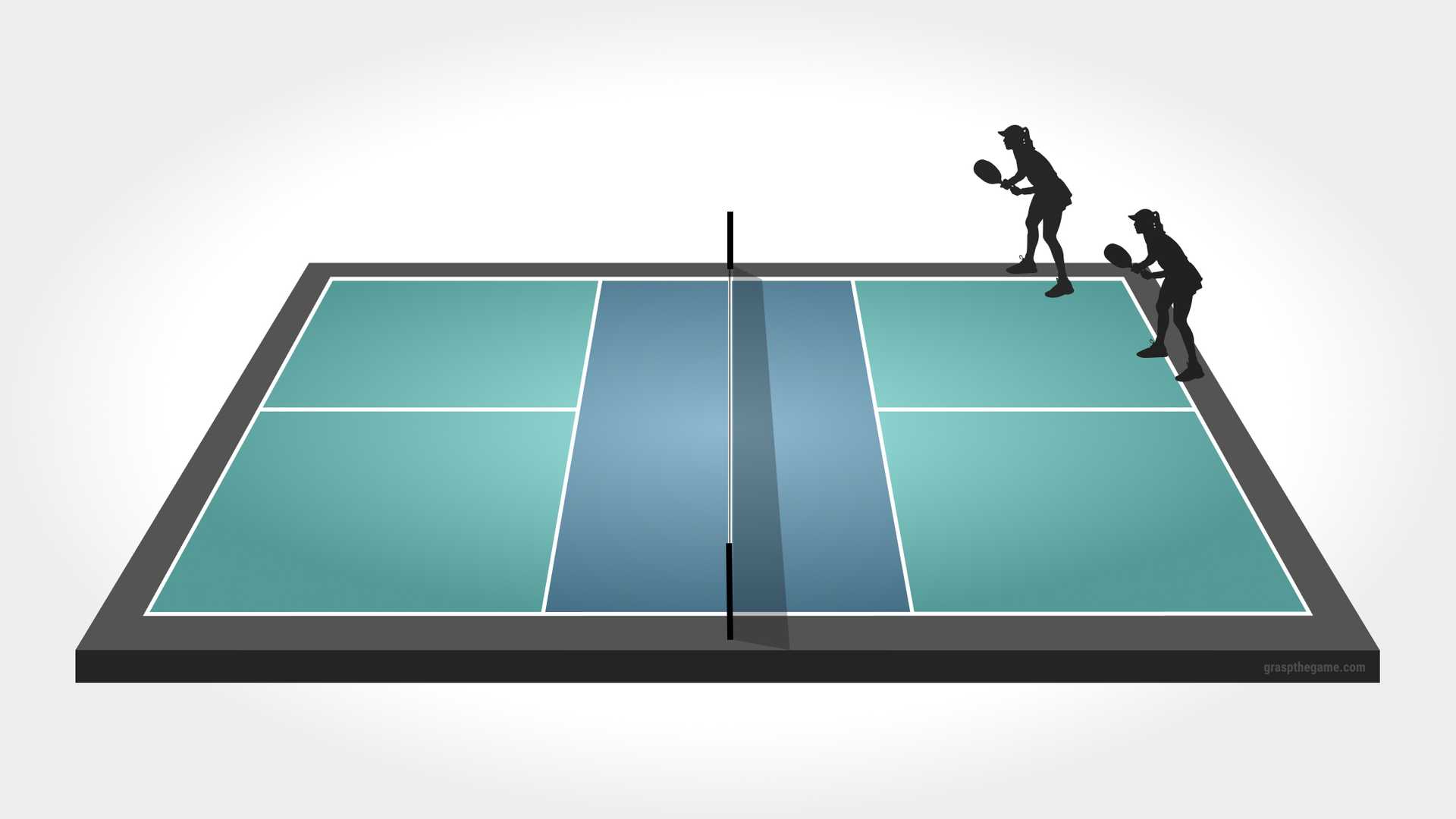What Does Stacking Mean in Pickleball?

As someone who has been playing pickleball for several years, I can tell you that stacking is a crucial strategy that I often use to gain an edge over my opponents. When I play doubles, I usually stack with my partner to take advantage of our individual strengths.
What Does Stacking Mean?
Stacking is a technique where the partners on a doubles team align themselves on the same side of the court before the serve in order to be positioned on their preferred side.
What Are the Reasons for Stacking?
- Left-handed / Righ-handed partnership - When one player is left-handed and the other is right-handed, it can be useful to stack so that both players can play their forehand strokes in the center of the court.
- Forehand / Backhand preferences - Stacking works particularly well when one player has a stronger forehand or backhand. For example, I have a more powerful forehand than my partner, so we stack with me on the left and my partner to the right. This way, I can cover most of the court with my forehand, while my partner covers the rest with their backhand.
- Confuse opponents - I find that stacking creates confusion for our opponents, making it harder for them to anticipate and react to the ball. We often switch positions on the court, which further confuses our opponents and allows us to take control of the game.
Be aware that stacking isn't suitable for every situation. I always assess the strengths and weaknesses of both partners and the situation on the court before deciding whether to stack or not. If both partners have equally strong forehands, for example, stacking may not be necessary or even advantageous.
How to Stack
Stacking only needs to be implemented when you are not serving from your preferred side of the court. If you are serving from your preferred side, then there is no reason to stack.
On partner's serve
Let's imagine that I am a right-handed player and I prefer to play my forehand. For this reason, I prefer to play on the left side of the court. However, when my partner is serving from the left side of the court, they are occupying my preferred position. To overcome this, I would position myself to my partner's left, and as soon as they serve the ball, we both shift to the right.
On your serve
When I am serving from my unpreferred side, my partner and I will simply switch positions immediately after the serve. However, in this scenario, there is a risk of a collision with my partner because we are crossing paths. For this reason, it is important to agree on who will step forwards and who will step back when crossing. Usually, it is easier for the server to move forwards because they have forward momentum from the serve.
Returning a serve
When I am returning a serve from my unpreferred side, we can stack with my partner standing off the side of the court. As soon as I return the serve, we both shift over so that we are now both positioned on our preferred sides.
Mixing Things Up
When my partner and I employ the stacking strategy, communication is critical. We always communicate effectively to avoid confusion and ensure that we are always in the right position on the court.
Hand signals are an essential part of communication between pickleball partners, especially when stacking. By using hand signals, partners can communicate without giving any audible cues to their opponents. This can be particularly advantageous when trying to bluff your opponents while stacking. For example, if we have been regularly employing stacking during a game, we can occasionally use a hand signal to indicate to our partner that on this point we will not swap sides. This can cause confusion for our opponents.
In conclusion, stacking is an advanced strategy that requires careful analysis of both players' strengths and weaknesses and effective communication between partners. With experience and practice, stacking can be a valuable technique that can give you a competitive advantage in pickleball.